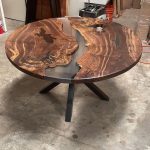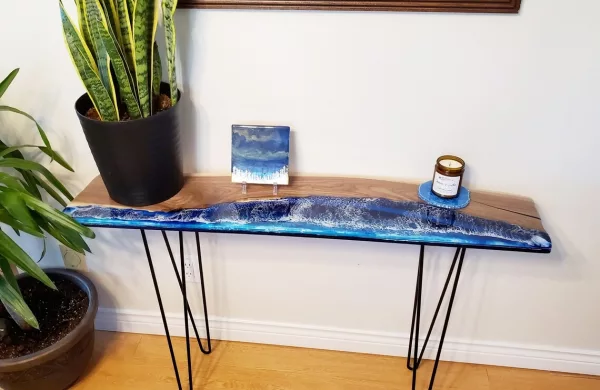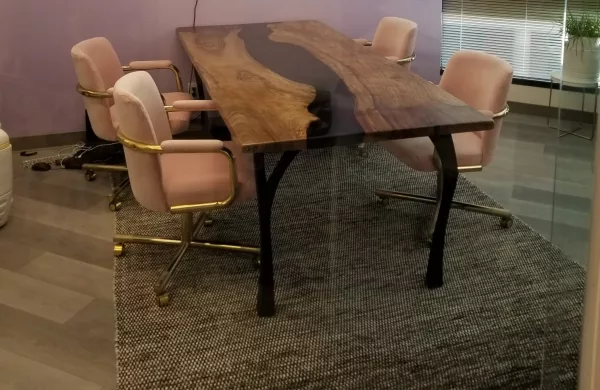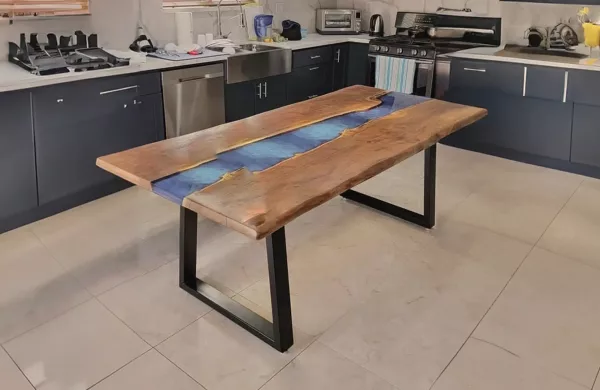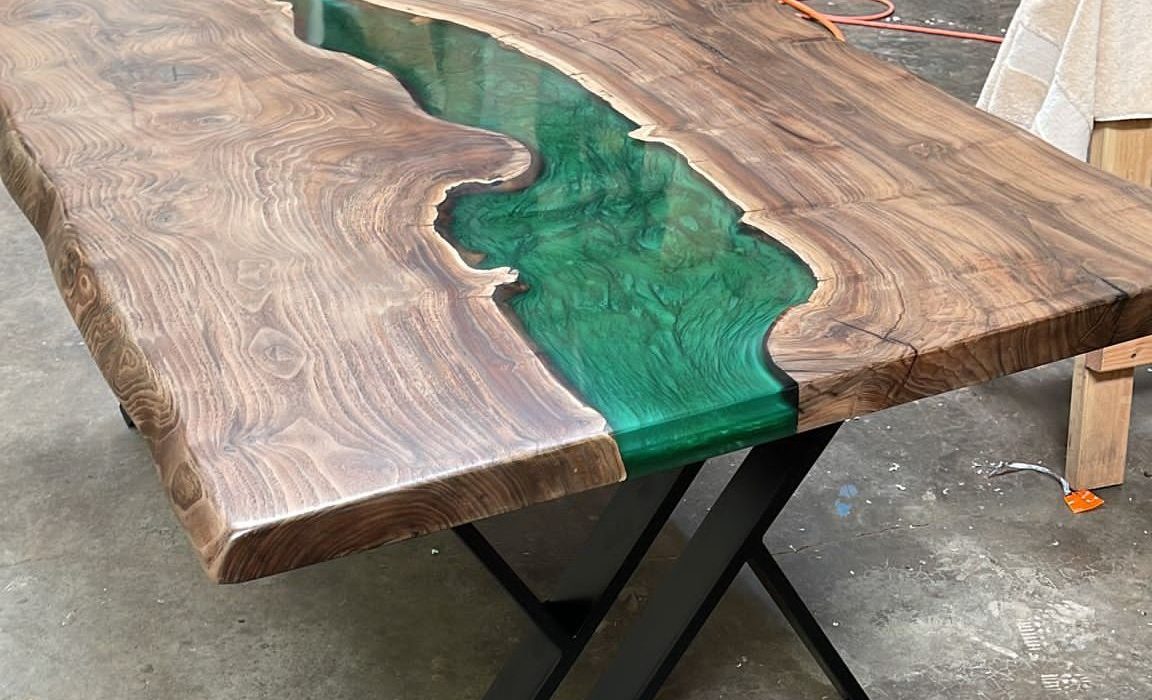
Epoxy tables, with their unique blend of natural beauty and modern aesthetics, have become a sought-after piece of furniture in contemporary interior design. However, the high price tag often associated with these tables can be a point of curiosity for many. In this article, we delve into the reasons behind the high cost of epoxy tables, exploring factors such as craftsmanship, material costs, design intricacy, and market demand.
The Art and Craftsmanship Behind Epoxy Tables
At the heart of the high cost of epoxy tables is the art and craftsmanship required to create them. These tables are not mass-produced; each piece is a unique creation, often made by skilled artisans. The process begins with the selection of wood, which in itself is an art. Craftsmen look for quality, character, and aesthetic appeal in the wood, often opting for premium types like walnut, olive, or maple.
The epoxy resin, a key component, is more than just a binding agent; it’s a medium through which artists express creativity. The process of mixing, pouring, and curing epoxy requires precision and expertise. Factors like temperature, humidity, and the specific type of resin all play a crucial role in the final outcome. This meticulous attention to detail and the time-intensive nature of the work contribute significantly to the cost.
Material Costs
Epoxy resin, especially high-quality variants, is expensive. It’s valued for its clarity, durability, and strength, but these properties come at a premium. Additionally, the use of rare or exotic woods, which are often chosen for their unique grains and colors, adds to the cost. Some tables also incorporate elements like precious stones, metals, or pigments, further driving up the price.
Design and Customization
Many epoxy tables are custom-made, tailored to the specific preferences and needs of customers. Custom designs require additional planning, resources, and labor. The process of creating a unique mold or shape for the table, especially for intricate designs, is both time-consuming and resource-intensive.
Durability and Longevity
Epoxy tables are not just about aesthetic appeal; they are incredibly durable and long-lasting. The combination of quality wood and resin creates a piece of furniture that can withstand wear and tear over many years. This longevity is a factor in their pricing, as they are often seen as a long-term investment in quality furniture.
Market Demand and Trends
The popularity and trending status of epoxy tables also influence their cost. As they have become more sought-after in the world of interior design, the demand has driven up prices. Furthermore, the bespoke nature of these tables means they often become statement pieces in homes and commercial spaces, adding to their value.
Production Time and Labor Intensity
The production of an epoxy table is not a quick process. From the initial design to the final touches, it can take several weeks or even months to complete a single table. This labor-intensive process, often involving multiple artisans, contributes significantly to the cost.
Environmental and Health Considerations
There is a growing trend towards using eco-friendly and non-toxic materials in furniture making. When epoxy tables are made with such materials, it can add to the cost, as these alternatives are often more expensive than conventional options.
Conclusion
Epoxy tables are expensive for a variety of reasons, each contributing to the final price tag. The combination of craftsmanship, high-quality materials, custom designs, durability, market trends, production time, and environmental considerations all play a part. These tables are more than just pieces of furniture; they are works of art and a testament to the skill and creativity of their makers. For those who appreciate the beauty and longevity of handcrafted furniture, an epoxy table is a worthwhile investment, offering both aesthetic appeal and enduring quality.




